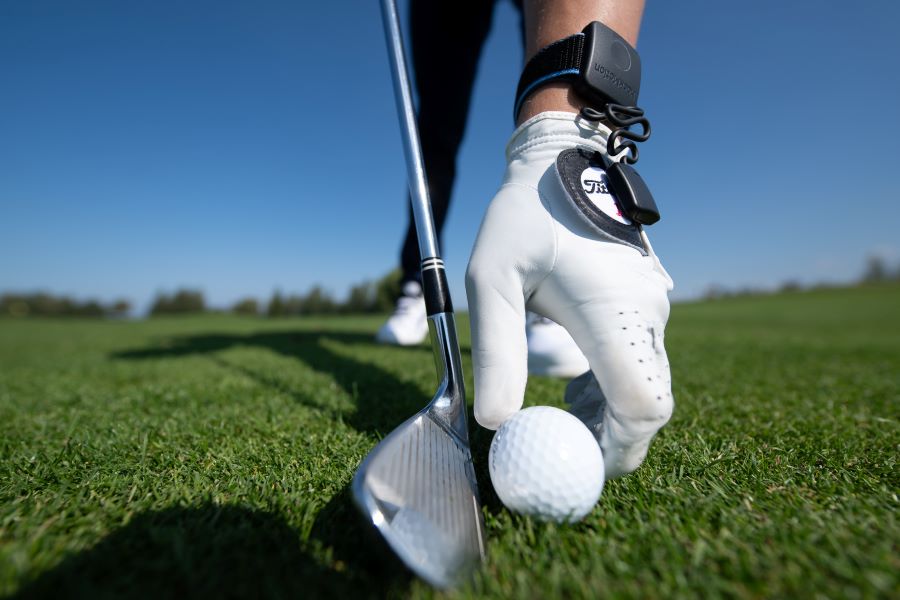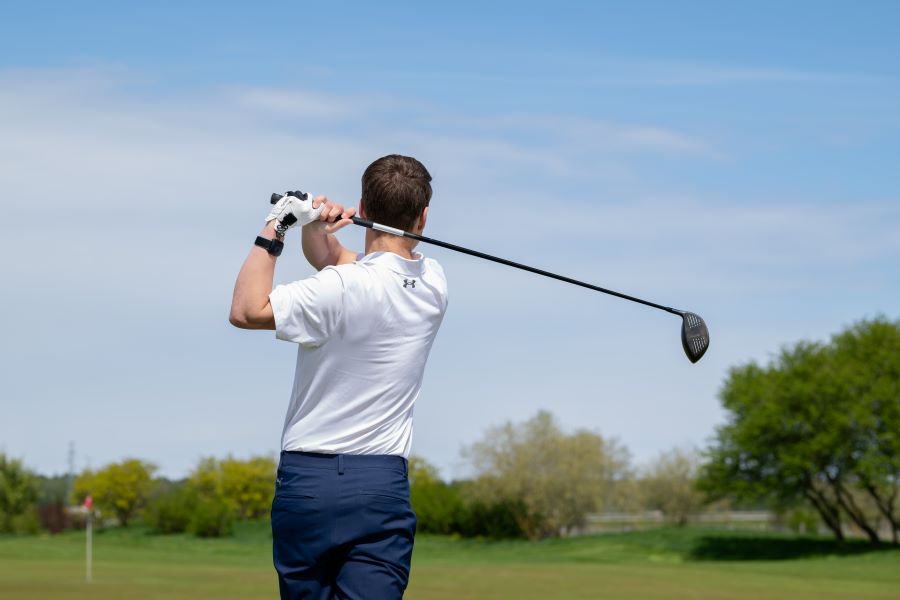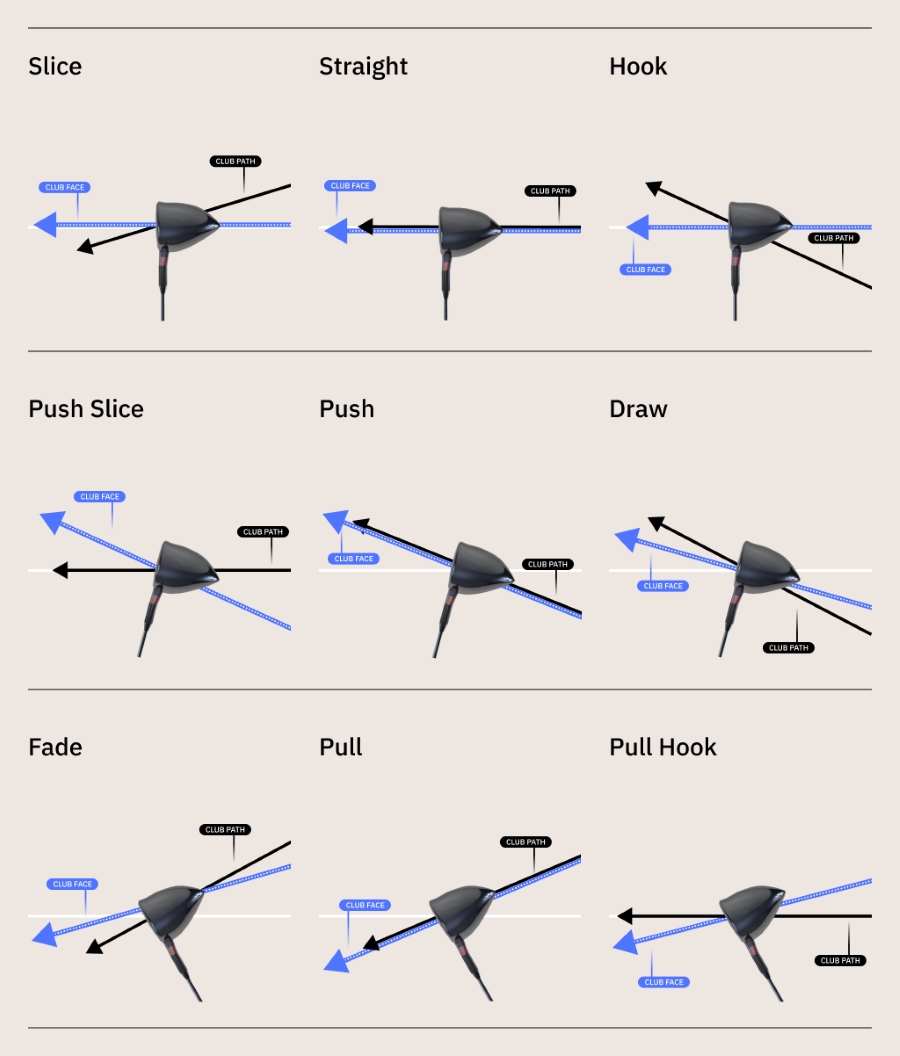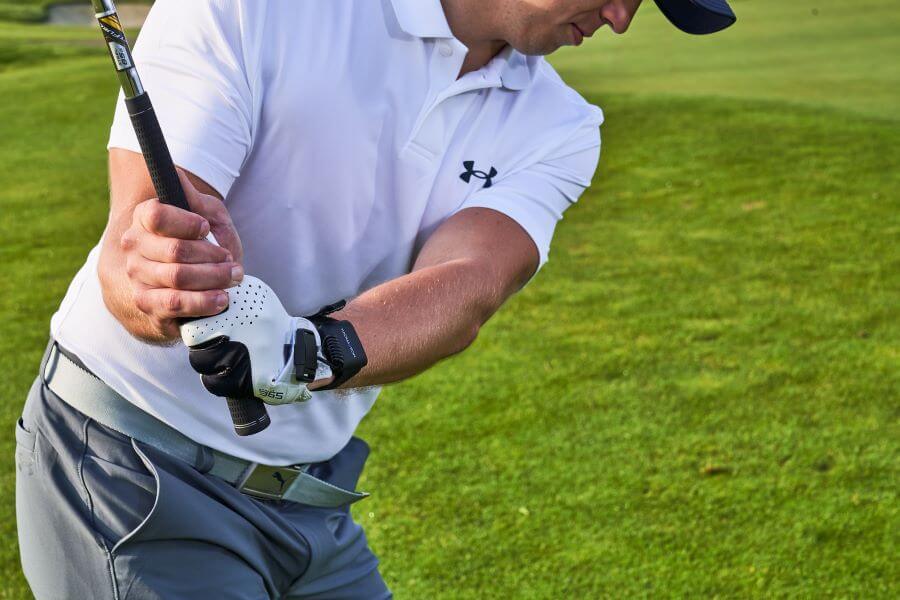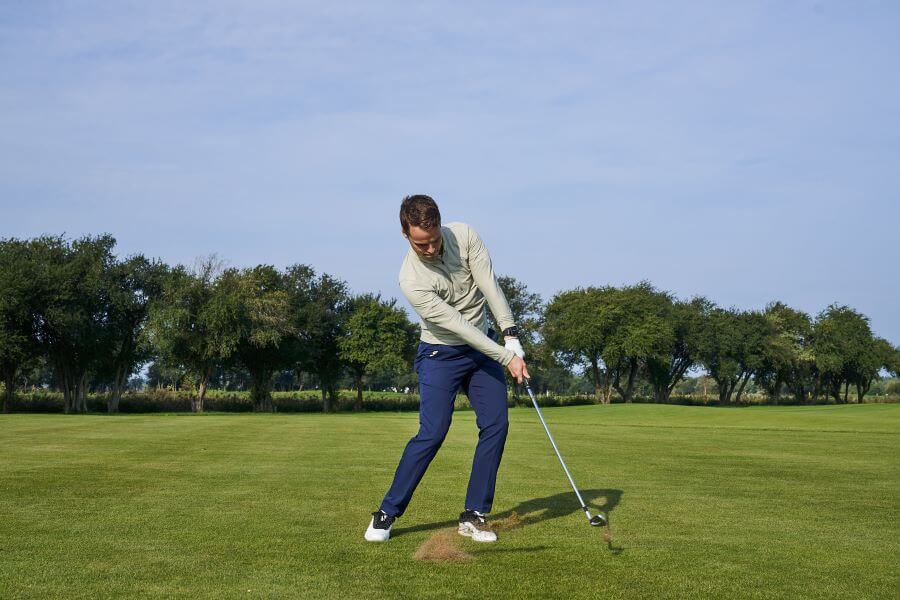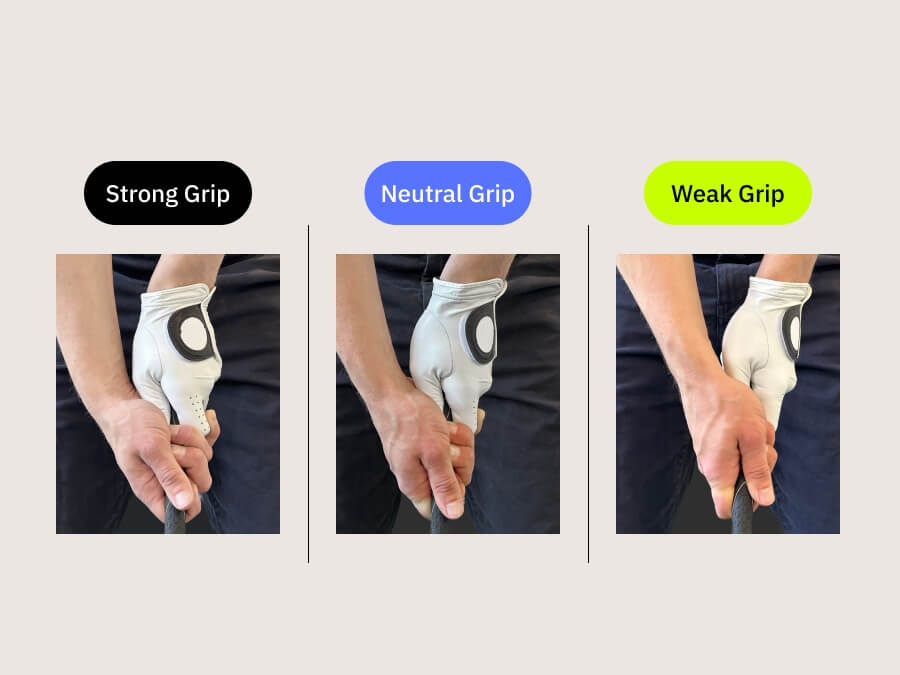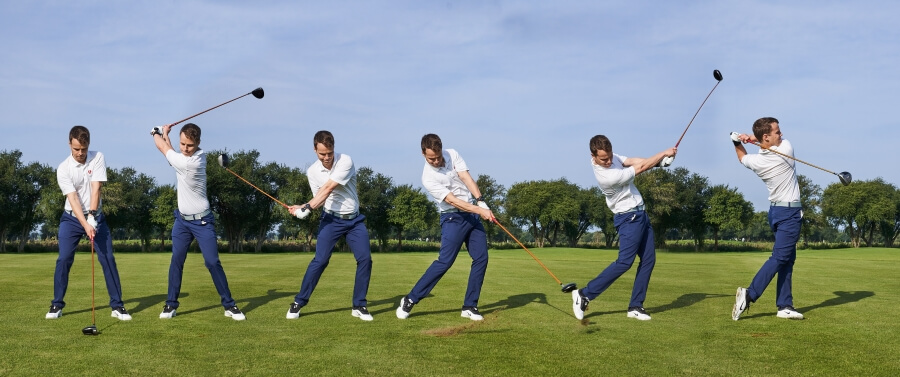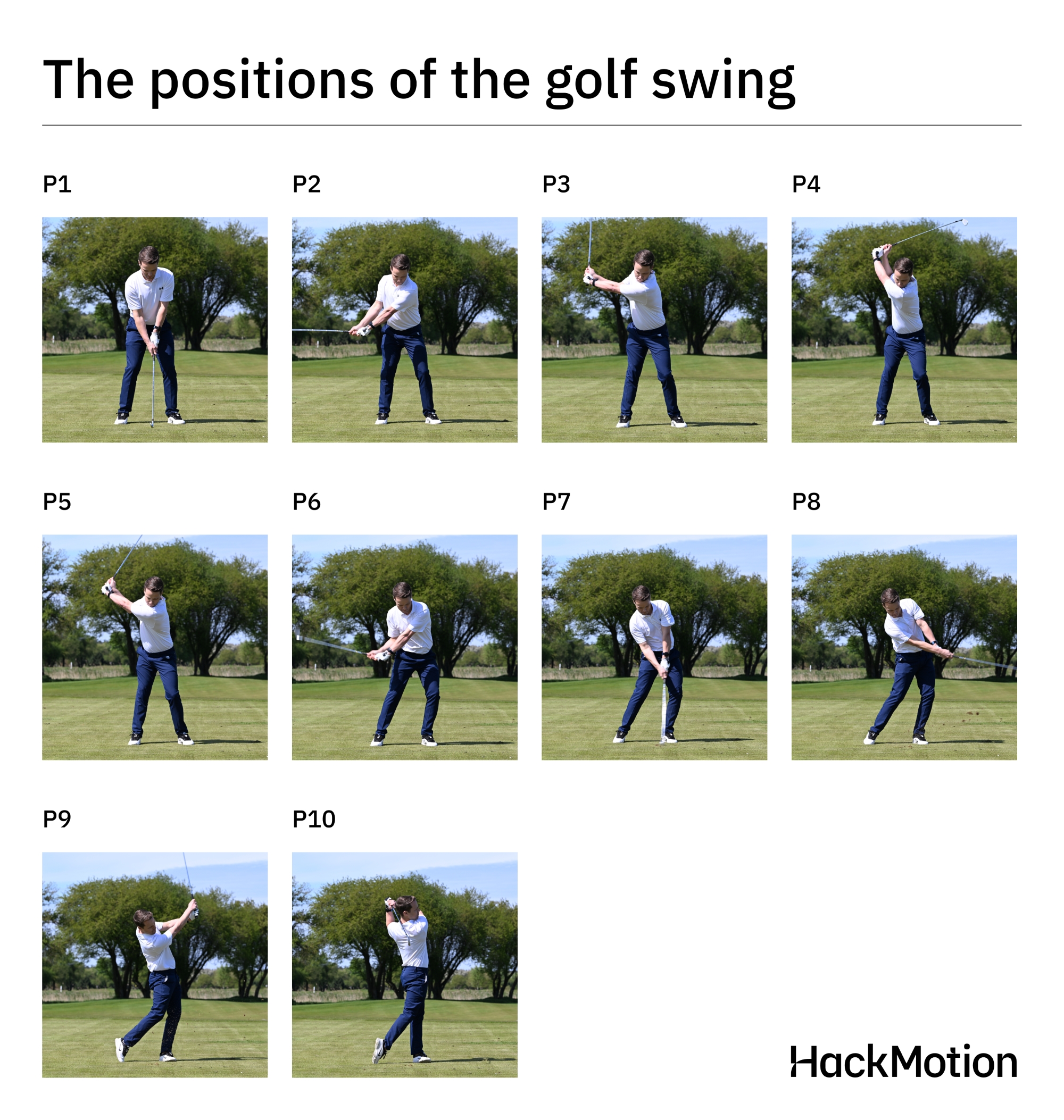What Should My Right Arm Do in the Golf Swing? (Understanding Your Trail Arm’s Role)
Let’s start out by saying this article is for the right handed golfer looking for information on what the right hand does in their golf swing.
There is a lot of talk about the lead arm, lead wrist, and lead side in the golf swing.
What about the trail arm? Or, for the right handed golfer, the right arm.
The right arm plays a big part in the golf swing, and it’s time that it got some attention. Our focus in this article will be the role of the right arm, or trail arm, in the swing.
Note: As I reference the right arm, our lefty friends will, as you often need to do, flip this to make sense for you.
Trail Arm’s Role in Golf Swing – Key Takeaways
Don’t have time to read my entire article? Here are the key points to remember.
- The primary role of the right arm is to bend and straighten. Bending in the backswing and straightening on the downswing as you approach impact.
- The right arm will be slightly bent at set up and close to your body. At the top of the swing, it will be bent at roughly 90 degrees.
- On the downswing, it will remain slightly bent as it starts to straighten and extend. In a correct swing, the right, or trail arm, should not reach full extension until slightly after impact.
- The role of your right shoulder is to rotate back on the backswing and through on the downswing.
- The role of your right wrist is to control the clubface of your golf club.
Trail Arm in the Golf Swing
Mastering the trail arm’s role in your golf swing is key to consistent and powerful shots.
To get your elbow into the right positions throughout the swing, your work starts in the setup. At setup, your upper arm should be rotated outward, where the pit of the elbow is pointing out.
One of the biggest mistakes golfers make is forgetting the fact that the elbow position and the wrist position can be separate. To get control in the swing, there are times when your elbow and wrist don’t match, but that is necessary to square the clubface.
You’ll notice this, especially when approaching impact. The trail wrist will be slightly extended to help ensure the clubface, yet the elbow and forearm will still be similar to how they were at setup.
Rob Cheney explains the entire movement of the right arm in the golf swing.
The Right Arm at Set Up
Before you take the club back, let’s make sure that your right arm is in the correct spot. When setup isn’t correct it becomes hard to get the club on the right path for the rest of the swing.
- Hand and Wrist: Keep the right hand in extension to support the relatively flat position of the left hand. Where lead wrist extension at setup can be a problem, it’s a good thing in the trail wrist.
- Elbow: Slightly flex the right elbow and ensure it points towards the right hip, with the elbow pocket facing outward, not towards your body.
- Shoulder: The right shoulder should be slightly lower than the left, increasing with longer clubs like the driver. Ensure the shoulders are parallel to the target line.
Another less frequently talked about concept that all golfers should remember is the relaxation needed in your golf setup.
Tension can make it really hard to get the right arm started on the right path and ensure it is in the right position. Relax the right arm before you move to the backswing.
The Right Arm on the Backswing
The right arm gets into trouble sometimes because for many players it’s the dominant arm. In reality, the right arm should not be the dominant arm in your swing.
Here are the most important positions for the right arm in the backswing.
- Hand and Wrist: At the halfway back position, angle the palm of your right hand upward at about 45 degrees, between facing the sky and the ground, promoting wrist extension or cupping in the right hand and a flat position in the left.
- Elbow: Maintain the slightly bent position of the right elbow from setup, keeping it pointed towards the right hip throughout the backswing. This helps ensure the arms stay connected to the body and prevent the elbow from flying out.
- Shoulder: Think of keeping the right shoulder level and more and towards the target, to avoid dropping or dipping and to facilitate proper wrist positioning. If your first move away from the ball has you dip your right shoulder it’s hard to recover.
The Right Arm on the Downswing
Let’s not forget we want the left side to be the hand pulling you through impact. For the right arm in the golf downswing, focus on these actions:
- Hand and Wrist: The right hand should slightly increase its extension at the start of the downswing but gradually reduce it approaching impact, aiding in squaring the clubface. An extended right wrist just before impact is acceptable.
- Elbow: Keep the right elbow moving close to the body, pointing towards the right hip, to maintain a connected swing and improve consistency in ball striking.
- Shoulder: The right shoulder should move downwards and forwards during the downswing, ensuring proper rotation and alignment for effective impact. Again, be careful not to dip your shoulder too much; this video demonstrates exactly how to manage this process.
The Right Arm at Impact
The part of the swing that matters the most. If you think you have all the other areas of your swing figured out, make sure to check your right arm position at impact. It’s what matters the most.
- Hand and Wrist: The right wrist should retain some extension to ensure the left wrist is flat or slightly bowed, promoting proper ball compression and flight accuracy.
- Right Elbow: Keep the right elbow in front of you, driving into the ball while rotating, and then extend the arm and elbow through impact for effective power transfer.
- Right Shoulder: Continue moving the right shoulder down and forward. This movement helps improve shaft lean and effective weight shift for solid ball striking and compression.
The Right Arm at Release
If you have followed all of the other advice at this point you should have your club in the right position. Now you’ve hit the ball and this is the position you will want to see your right arm in.
- Forearm Rotation: The right forearm will roll over the left, facilitating a proper release. This action is mirrored in the wrists, with the left hand’s top side facing down and the right hand’s top side facing up.
- Right Elbow: The right elbow should follow the motion of the hands, rotating in sync with the forearm to complete the release.
- Right Shoulder: Continue turning the right shoulder through the release, visualizing the shirt buttons pointing upwards as you complete the swing.
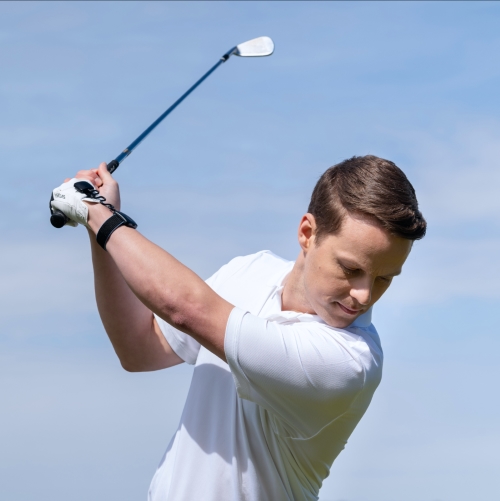
Take control of your golf game by learning wrist mechanics with our FREE online resource.
Drills to Improve Trail Arm Movement
Now that you have a better understanding of how the right arm moves in the golf swing, it’s time to put it to work on the driving range.
While working on the trail arm in the golf swing, wear your HackMotion. Having the HackMotion with you is like bringing your coach with you to the range.
You’ll quickly understand where the issues are in the trail arm and the steps you must take to fix them.
Adam Bazalgette – Right Elbow Drill
Interestingly, some golfers are able to focus on things like club position, club face, or head position in the swing.
Others need a very specific point of focus, like the elbow.
Try this Adam Bazalegette right elbow drill if you want to train your downswing to be more effective.
Dan Whittaker – Right Shoulder Drill
Coach Dan Whittaker focuses on another pain point for golfers, the right shoulder.
One of the most common mistakes you see golfers make is a significant dip in the right shoulder through impact.
The right arm should straighten through impact and the shoulder position can help ensure this happens the right way.
Peter Knight Golf – Keep the Right Arm Passive
The passive right arm in the golf swing is very important for right handed players.
Peter Knight Golf does this video and shows you a drill where you can sort of let the club drop into place as the right arm moves down, it’s a great warm up drill for the driving range.
FAQs
In case you still have a few questions about the right arm in the golf swing, here are a few of the most frequently asked questions.
What should I do with my right arm during a golf swing?
The right arm is the trail arm, and it is along for the ride in the downswing. However, keeping the right arm closer to your body can ensure a proper club path. In addition, ensuring there is some extension in the right wrist will promote a straighter and more consistent ball flight.
Which arm is dominant in downswing?
To hit a golf ball with power and consistency, the left arm needs to be dominant in the downswing.
What does right arm do in backswing?
In the backswing, your right arm will bend, but at the same time, stay close to your body. The right arm is more bent than the left arm as it folds up on the backswing to the position at the top.
In Summary
Finally, the right hand, arm, and wrist get the attention they deserve in the golf swing. One of the best features of the HackMotion is the ability to record both lead and trail wrist data.
Some players find that it’s easier for them to feel, learn, and understand when they use HackMotion in their dominant hand.
Head out to the range and start with this process from setup to the top of the backswing to impact. You will quickly understand the relationship with the right arm, and especially the right wrist, in controlling your golf shots.





